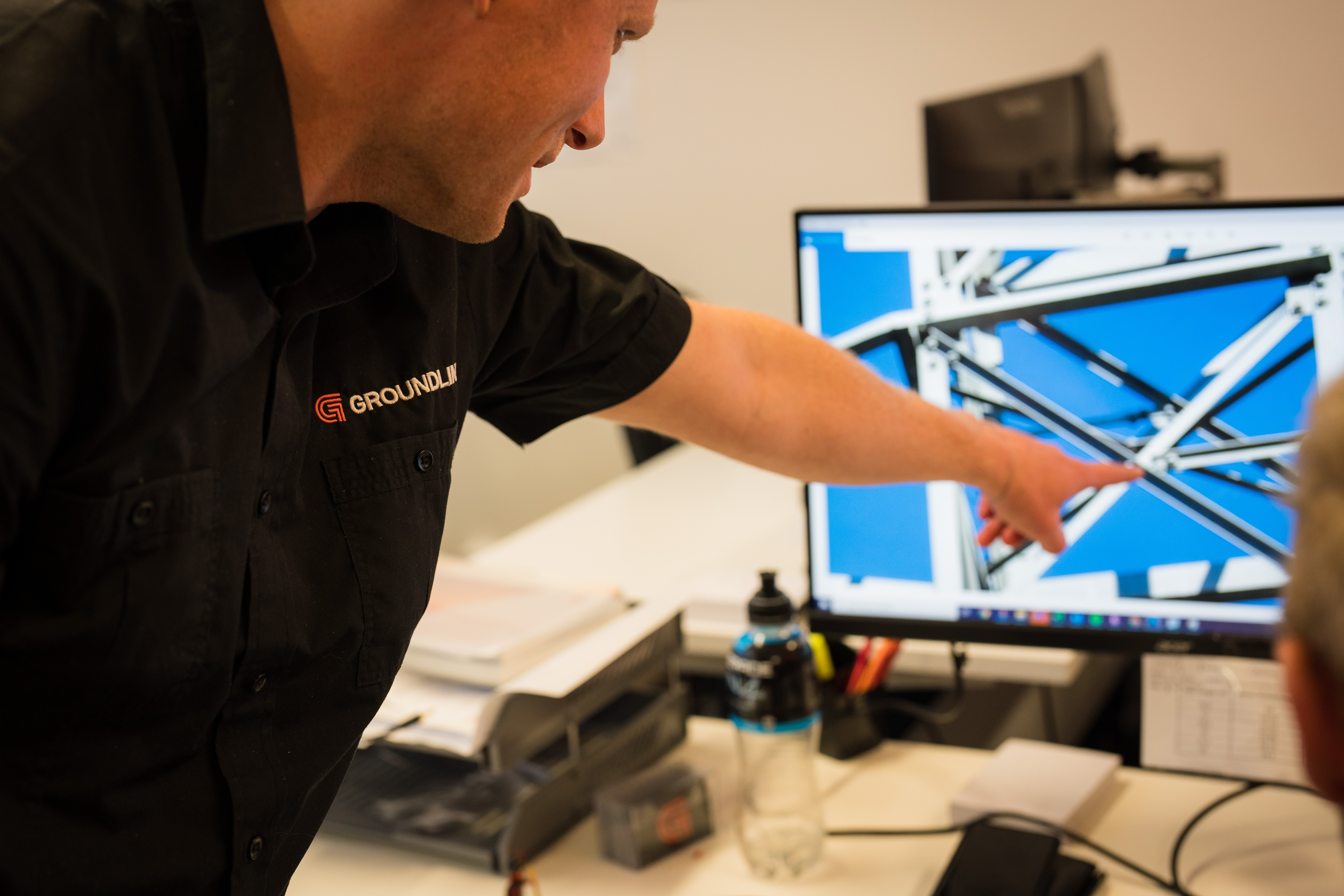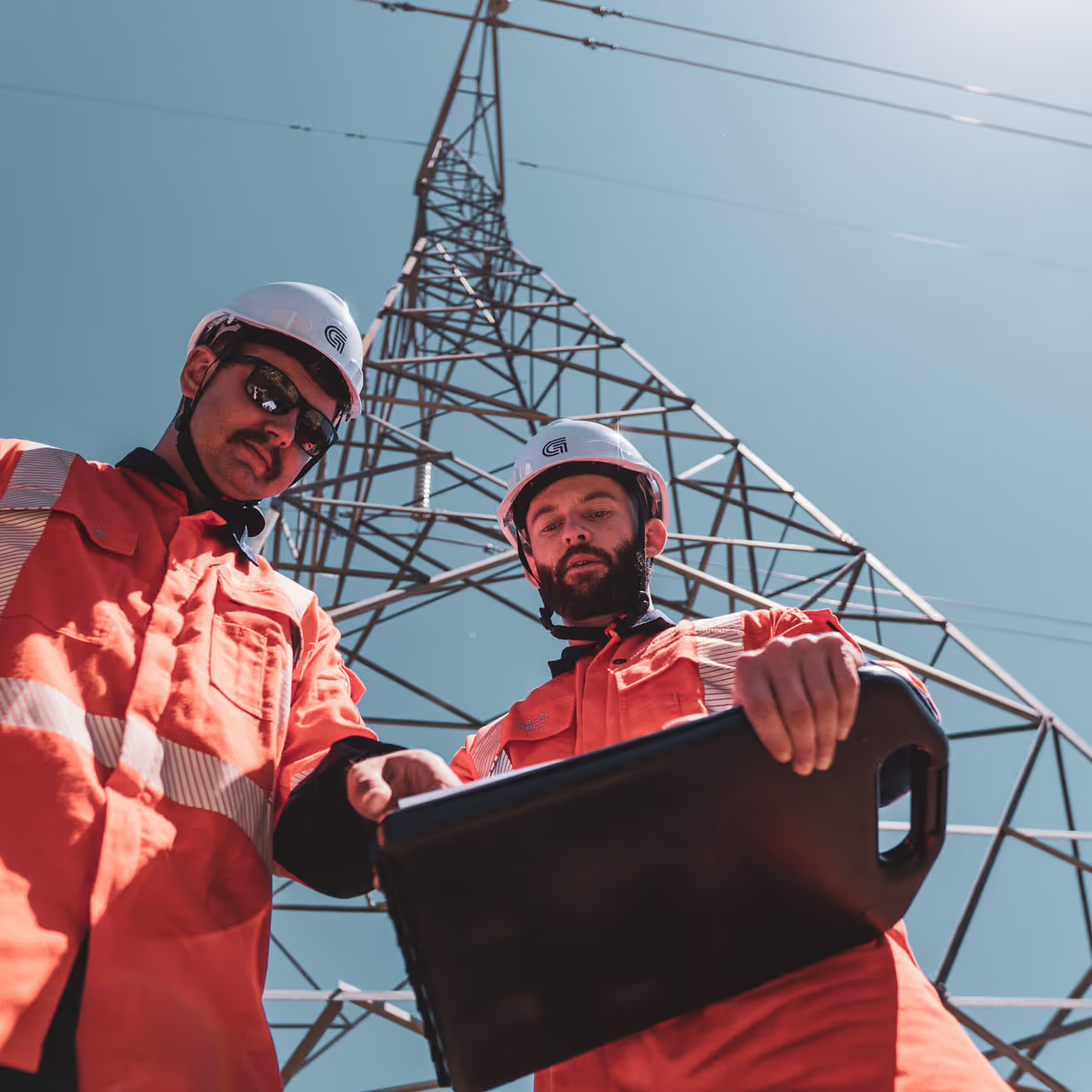Innovation to tackle the electricity industry’s resilience challenges

The sunny state of Florida is where I’ve called home most of my life, where I trained to be an engineer, and where I got my start in the electricity industry at the Florida Power and Light Co.
It’s an incredibly beautiful and socially diverse state that also happens to sit directly in the path of hurricanes that form in the Caribbean or off the coast of Africa, and which gather heat and energy as they move westward towards the US mainland.
Tropical storms and hurricanes are nothing new for Florida, the state most exposed to them due to its geography. However, their intensity and frequency are expected to increase as the climate warms.
As the Environmental Defense Fund pointed out last November, hurricanes hitting Florida have become “less predictable and thus more dangerous because there is less time to prepare and evacuate. Flooding from hurricanes is worsening due to higher sea level, more rainfall, and slower storm speeds”.
WHEN THE LIGHTS WENT OUT
Hurricane Irma briefly cut power to nearly two-thirds of Florida’s electricity customers in 2017, knocking out access to 6.7 million electricity customers. The state’s utilities did reasonably well to recover quickly but will face repeated tests of their resilience in the years ahead. Florida is not alone in facing increased risk from extreme weather events.
Utility providers all over the country use the standard bell curve to inform their risk management, which sees them put the bulk of resources towards the middle of the curve, representing the risks they are most likely to encounter. Less attention and resources are, naturally enough, given to the extremities of the bell curve, signifying the risks that are either low impact or catastrophic in nature, but also have a low probability of happening.
In the electricity industry, utilities and line network owners are having to revisit those assumptions based on the growing risks posed by climate-related events, ranging from hurricanes and wildfires to blizzards and floods.
Historically, an extreme weather event may have been described as a one-in-20-year event, with a 95% probability of happening within a certain geographic location. Based on the latest science, it may now be classed as a one-in-ten-year event with the potential to occur in a much more extensive area.
At Groundline, we are increasingly having conversations with our customers about resilience planning for upgraded or new transmission infrastructure that reflects the more complex reality they are dealing with.
SMALL ‘i’ INNOVATION
Most electricity utility companies are grappling with the task of refreshing ageing infrastructure, so there’s limited enthusiasm and cash available for moving electricity substations out of flood-prone regions or undergrounding thousands of miles of electricity cables to reduce wildfire risk.
A big-bang approach to refreshing infrastructure isn’t always realistic, but token responses ignore the extent of the risk.
The answer, in our view, is that utilities need to have a dedicated focus on small ‘i’ innovation. This includes taking lots of incremental improvements that are cost-effective and which boost resilience. We don’t see this happening across the industry currently. Instead, we often see utilities considering only the ‘big’ ticket changes, but actually not doing anything as budgets remain tight, which they always are.
For instance, undergrounding of electricity lines is an effective way to protect them from temperature extremes and damaging natural hazards. But it is also very expensive and time-consuming to undertake. Our Covered Conductor technology shields powerlines, protecting them for a tenth of the cost of going underground and can be implemented in a targeted manner to the areas at most risk.
Our approach at Groundline is to have frank and honest conversations with customers about their resilience planning. It doesn’t mean generating expensive reports that will likely never be acted on. Nor are we fixated on securing our next subcontracting job or project. We want to see our customers thrive and survive the curveballs nature throws at them. We work with their engineers to triage problems and identify where small, cost-effective measures can make a big difference.
DATA INSIGHTS
Data analytics is another way utilities can innovate. Using insights from their network to identify where to focus attention – be it spending limited maintenance budgets, to grid optimization.
Our THOR PoletestTM solution is an example, helping utilities test their wood pole network to give objective insights which can save up to 30% on pole replacements.
Ultimately, utilities, lines companies, government agencies and local authorities need to collaborate and share information to a greater extent to accurately gauge the resilience challenges that lie ahead and work together to mitigate risks where possible.
STRATEGICALLY CREATIVE
If those in the power industry can take an approach to long-term planning that enables them to ‘i-nnovate’ and think creatively about technical solutions, our networks and customers can become more efficient and resilient in the face of changing demands and needs.
Improving the resilience of electricity lines infrastructure requires a multifaceted approach that addresses physical vulnerabilities, leverages smart technologies and adapts to climate change challenges.
GROUNDLINE ENGINEERING
Groundline is a global consultancy specializing in transmission and distribution lines engineering services for network operators and service providers.
We bring creative thinking to projects, ensuring solutions are cost-effective, resilient, safe and good for the planet.
With offices in the USA, the United Kingdom, Australia and New Zealand, we have experience in all aspects of the power lines industry- from 11kV to 500kV+, new builds to refurbishments, condition assessments to asset management, site support and design verifications, to project management. Our team have worked around the world, from remote, dry deserts, to wild, wet rainforests, urban cities, to cyclone-prone prairies.
Whatever challenges you face, we understand your requirements.
Get in touch to discuss how we can ensure your power network is fit for the future.
Contact us here.
Other News & Updates
Join us in welcoming Maia O’Reilly to the Groundline Team!
We’re thrilled to introduce Maia, a Graduate Engineer who is joining our New Zealand team.

Designing Electricity Infrastructure with the End in Mind: Why Asset Stewardship Must Begin at the Design Table
Sit in on any utility planning meeting and you’ll see the same challenge: project delivery dominates the agenda, while asset management fights for attention.

Reflections on the Global Energy Sector
As Groundline enters a new phase of growth and I find myself at the helm, I am in an interesting position where I am looking through two lenses. One on the ANZ market that I have operated in for 10+ years and the other on our global markets (UK, EU and USA).


Let’s Build Smarter, Safer, Stronger
Whether it’s a new project, technical support, or simply a conversation about possibilities — we’re here to help.












